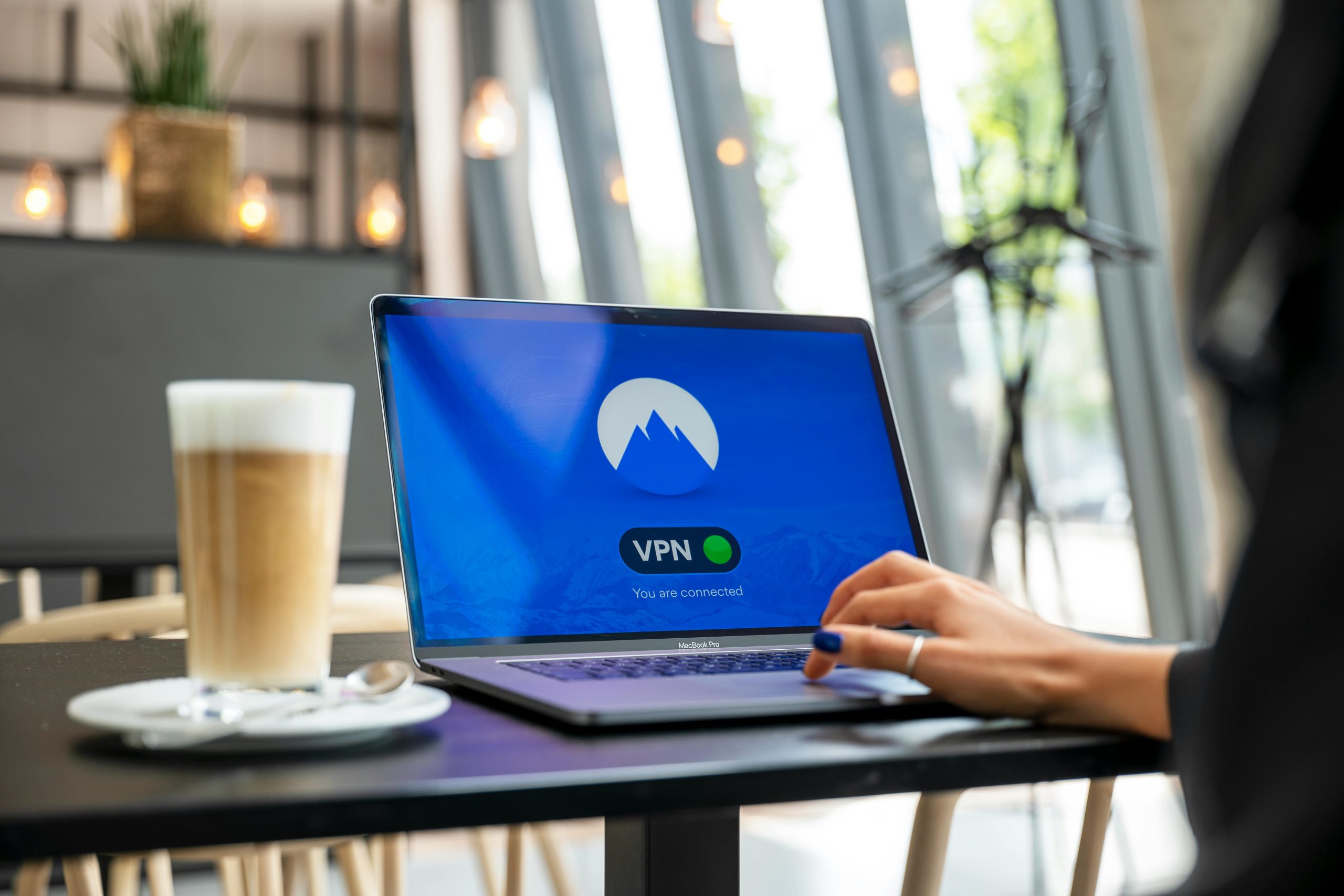Understanding and Resolving Google’s “Unusual Traffic” Error on Your Devices
In today’s digital landscape, encountering technical issues can be frustrating, especially when they hinder your ability to access essential services like Google Search. One common problem users experience is the persistent “Unusual traffic from your computer network” warning. Although it may seem perplexing, understanding the root causes and potential solutions can help you resolve this issue efficiently.
What Is the “Unusual Traffic” Error?
Google has security measures in place to protect its users and infrastructure from automated abuse or suspicious activity. When Google detects behavior it associates with automated scripts, VPN usage, or other unusual patterns, it may display a warning requesting users to verify they are human. The message typically states that unusual traffic has been detected from your network and may prompt you to complete a CAPTCHA.
Common Scenarios and Causes
- Automated Tools or Scripts: Using automation to scrape or gather data can trigger Google’s defenses.
- Shared Networks or Public Wi-Fi: Multiple users from the same IP can cause traffic patterns that seem suspicious.
- VPN or Proxy Usage: Variations or frequently changing IP addresses can set off alerts.
- Malware or Browser Hijackers: Malicious software or browser extensions might generate automated traffic.
Case Study: Persistent Error in Google Chrome
Consider a user who, despite efforts such as clearing browser cache, reinstalling Chrome, and logging out of their Google account, continues to see the “Unusual traffic” warning exclusively in Chrome—across multiple devices. Interestingly, searches from the same account via the Google app on mobile or using incognito mode (without logging into their Google account) work perfectly. This indicates that the issue may be tied to browser-specific factors or account-related flags rather than the network itself.
Troubleshooting Steps and Recommendations
- Check for Malware and Unwanted Extensions:
- Run a comprehensive malware scan to ensure no malicious software is generating automated requests.
-
Disable or remove suspicious browser extensions that may be causing automated activity.
-
Review Network Security and VPN Settings:
- If using a VPN or proxy, try disabling it temporarily to see if the issue persists.
-
Switch to a different network or restart your router to obtain a new IP address.
-
Clear Browser Data and Cookies:
-
Regularly clear cache, cookies, and site data to eliminate stored information that might be contributing to the issue.
-
Use Incognito Mode Without Logging into Google:
–
Share this content:

